Here Are Some Ancient Achievements...
godimgay
Published
05/20/2015
Still Unexplained By Modern Science.
- List View
- Player View
- Grid View
Advertisement
-
1.
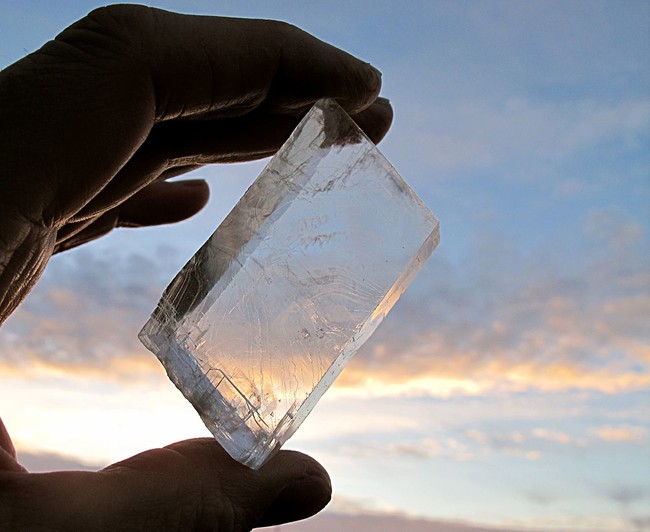 Iceland spar: It was long held in ancient Nordic myth that a magic gem was used to navigate the seas in low-visibility situations. Scientists have recently figured out that this gem is real and is more deeply rooted in science than magic. The Iceland spar refracts light to make it visible in cloudy or nighttime conditions.
Iceland spar: It was long held in ancient Nordic myth that a magic gem was used to navigate the seas in low-visibility situations. Scientists have recently figured out that this gem is real and is more deeply rooted in science than magic. The Iceland spar refracts light to make it visible in cloudy or nighttime conditions. -
2.
 The Great Pyramid of Giza: This pyramid was the largest man-made structure in the world for 3,800 years. Baffled scientists are still trying to figure out what techniques were used in its construction.
The Great Pyramid of Giza: This pyramid was the largest man-made structure in the world for 3,800 years. Baffled scientists are still trying to figure out what techniques were used in its construction. -
3.
 Stonehenge: Probably the most famous ancient marvel in the world, Stonehenge may look like a simple pile of rocks, but it's actually an ancient astronomical observatory. By moving these stones once a year, the ancient people were able to predict the movements of the moon. How'd they ever figure that one out? And more importantly, how did they even manage to move the immense stones in the first place?
Stonehenge: Probably the most famous ancient marvel in the world, Stonehenge may look like a simple pile of rocks, but it's actually an ancient astronomical observatory. By moving these stones once a year, the ancient people were able to predict the movements of the moon. How'd they ever figure that one out? And more importantly, how did they even manage to move the immense stones in the first place? -
4.
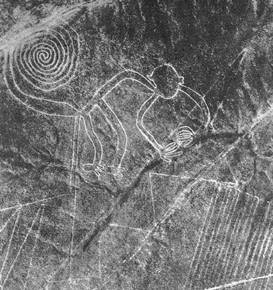 Nazca lines: The Nazca desert in Peru is home to a series of huge, mystical geoglyphs that were etched into the Earth's surface between 450 and 600 A.D. These geological designs are truly bizarre when you think about how the miracle of flight didn't exist until quite some time after this. Who were these ancient messages meant for, then?
Nazca lines: The Nazca desert in Peru is home to a series of huge, mystical geoglyphs that were etched into the Earth's surface between 450 and 600 A.D. These geological designs are truly bizarre when you think about how the miracle of flight didn't exist until quite some time after this. Who were these ancient messages meant for, then? -
5.
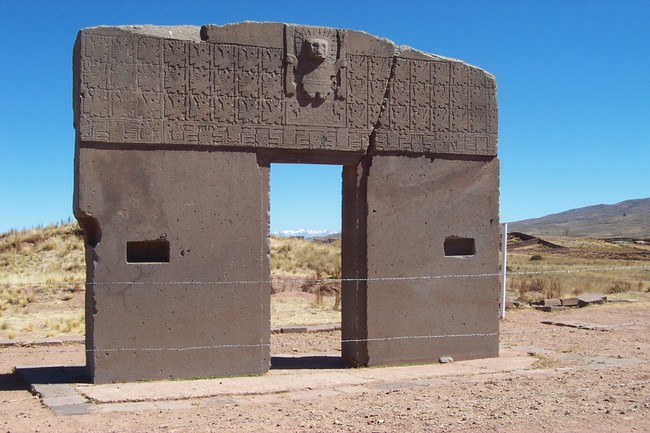 The Gate of the Sun: This archaeological marvel comes from the Tiwanaku, which was a civilization that lived in modern-day Bolivia before the Incas. Their work appears to outshine even the Aztec's in terms of technological know-how. For instance, one of the quarries where the stones for this arch were found is 50 miles away from the site. That seems a bit too far for a civilization that didn't even make use of animal labor to drag the stones.
The Gate of the Sun: This archaeological marvel comes from the Tiwanaku, which was a civilization that lived in modern-day Bolivia before the Incas. Their work appears to outshine even the Aztec's in terms of technological know-how. For instance, one of the quarries where the stones for this arch were found is 50 miles away from the site. That seems a bit too far for a civilization that didn't even make use of animal labor to drag the stones. -
6.
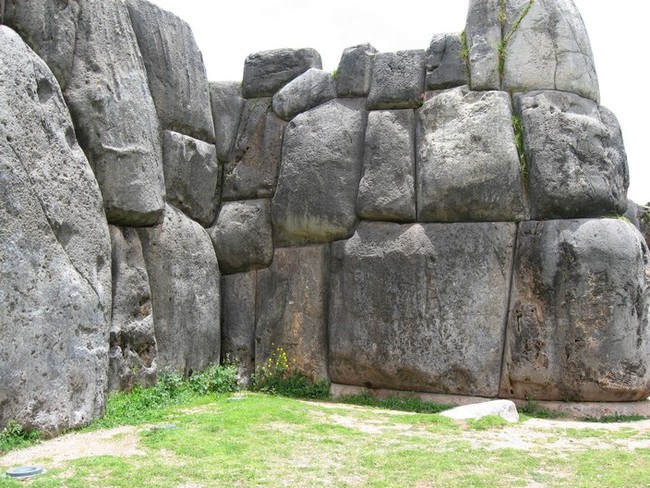 Sacsayhuamán: This ancient Peruvian site has confused archaelogists for quite some time, as the giant stones in the wall are so close together that not even blades of grass can slide between them. It has also survived for thousands of years with no visible mortar keeping it together.
Sacsayhuamán: This ancient Peruvian site has confused archaelogists for quite some time, as the giant stones in the wall are so close together that not even blades of grass can slide between them. It has also survived for thousands of years with no visible mortar keeping it together. -
7.
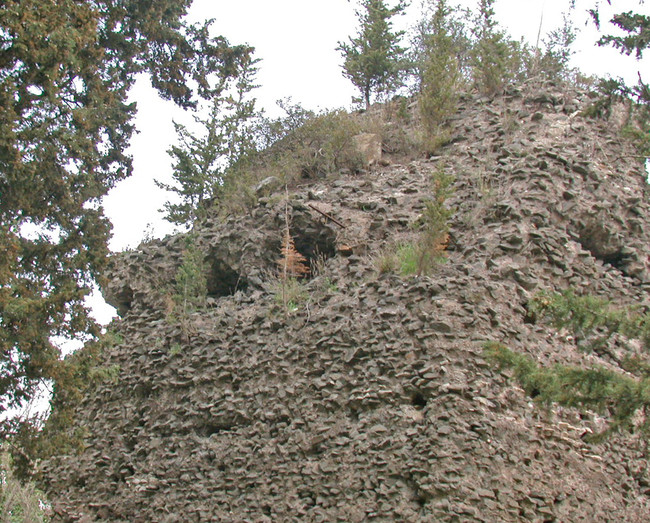 Roman concrete: When scientists discovered a sample of ancient Roman concrete in the Mediterranean Sea, they found that Roman methods were superior to ours, both in terms of durability and environmental safety.
Roman concrete: When scientists discovered a sample of ancient Roman concrete in the Mediterranean Sea, they found that Roman methods were superior to ours, both in terms of durability and environmental safety. -
8.
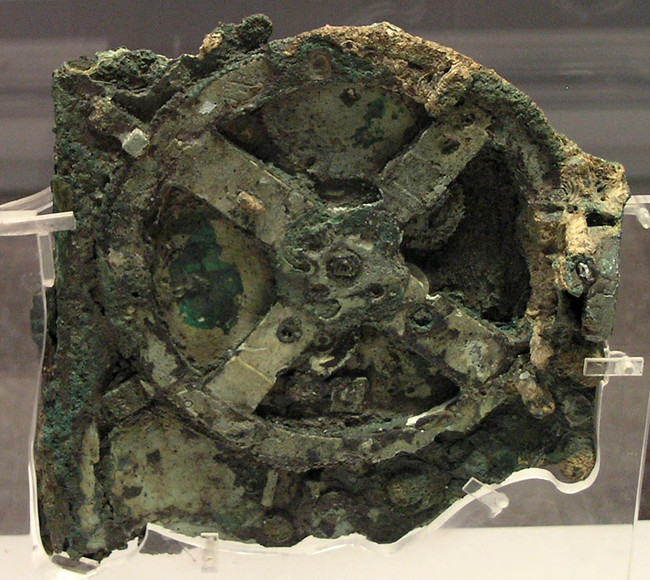 Antikythera mechanism: Dated between 150 and 100 B.C., this device found in Greece is considered to be an ancient analog computer that predicts astrological positions. It uses a complex series of gears that is far more advanced than the technology scientists believe was available to them at the time.
Antikythera mechanism: Dated between 150 and 100 B.C., this device found in Greece is considered to be an ancient analog computer that predicts astrological positions. It uses a complex series of gears that is far more advanced than the technology scientists believe was available to them at the time. -
9.
 The Aeolipile: Although they didn't really start being used until the Industrial Revolution, the first steam engine was actually invented in 10 A.D. by the Greek mathematician Hero of Alexandria. He may have also invented the world's first vending machine thousands of years before the products commonly found in them were conceived.
The Aeolipile: Although they didn't really start being used until the Industrial Revolution, the first steam engine was actually invented in 10 A.D. by the Greek mathematician Hero of Alexandria. He may have also invented the world's first vending machine thousands of years before the products commonly found in them were conceived. -
10.
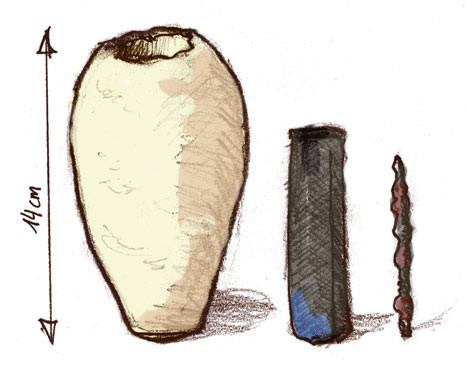 Baghdad battery: Elon Musk might be at work perfecting the electronic battery today, but as early as 250 B.C., clay batteries were used in an ancient town near Baghdad that could produce at least two volts of electricity. What could they possibly have been powering back then? Nobody knows.
Baghdad battery: Elon Musk might be at work perfecting the electronic battery today, but as early as 250 B.C., clay batteries were used in an ancient town near Baghdad that could produce at least two volts of electricity. What could they possibly have been powering back then? Nobody knows.
Iceland spar: It was long held in ancient Nordic myth that a magic gem was used to navigate the seas in low-visibility situations. Scientists have recently figured out that this gem is real and is more deeply rooted in science than magic. The Iceland spar refracts light to make it visible in cloudy or nighttime conditions.
10/10
1/10




![20 Wild History Facts Not Everyone Knows <p>Not even the biggest history buffs can know it all, so what are some cool facts they might not have heard? <a href="https://trending.ebaumsworld.com/pictures/26-history-memes-that-dont-sugar-coat-the-past/87480685/">From World War II to the ancient Egyptians</a>, this gallery shares some fascinating, and rarely-read tidbits of history. </p><p><br></p><p>Although we think of the Egyptian empire as an ancient society, human history has spanned for much longer than most of us can comprehend. Famously, Cleopatra's rule was closer in time to the present day than it was to the construction of the pyramids. Believe it or not, the majority of human history took place before people could record it in writing, and even the earliest societies talk of "ancient" civilizations. For example, the first-ever joke in recorded history references "time immemorial," implying that even the ancient Sumerians thought of themselves as modern. Its subject matter is also something relatable for every human couple throughout history: wives passing gas on their husbands' laps. </p><p><br></p><p>“Something which has never occurred since time immemorial; a young woman did not [pass gas] in her husband’s lap.”</p><p><br></p><p>If you found that joke new and amusing - how could you not - then consider checking out the rest of this historical gallery full of facts that you probably haven't heard before. </p>](https://cdn.ebaumsworld.com/thumbs/2023/11/30/031941/87482076/history-facts-fixed.jpg)





2 Comments